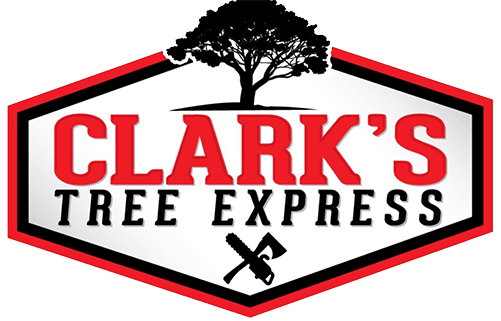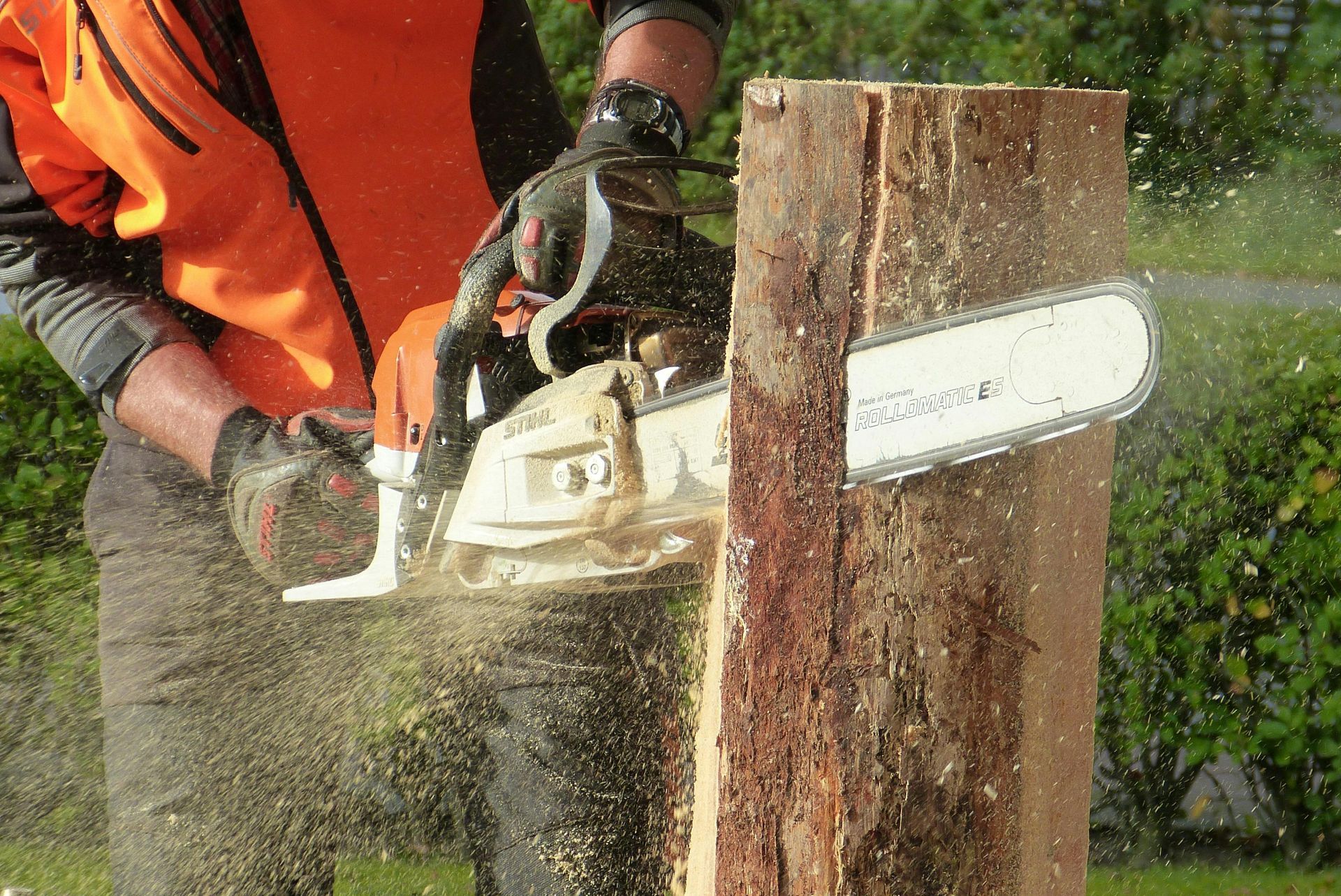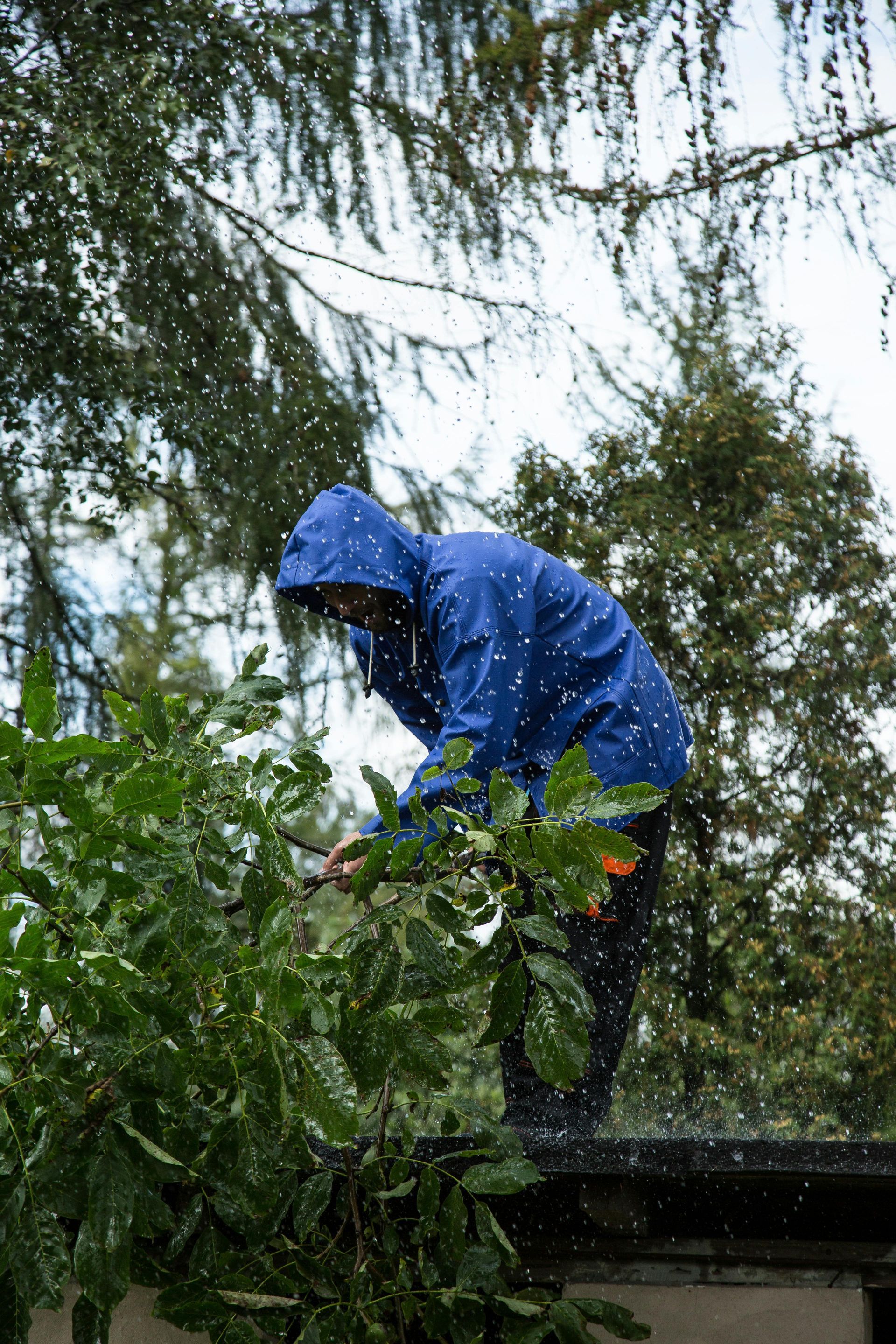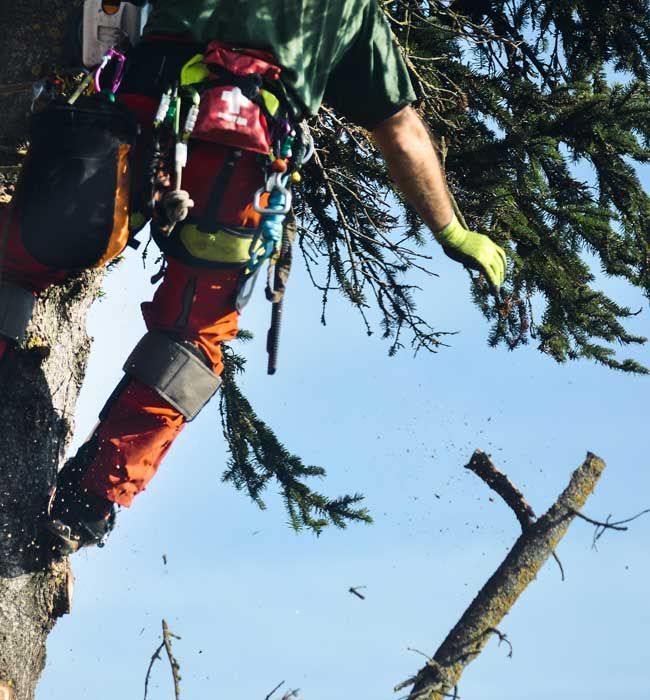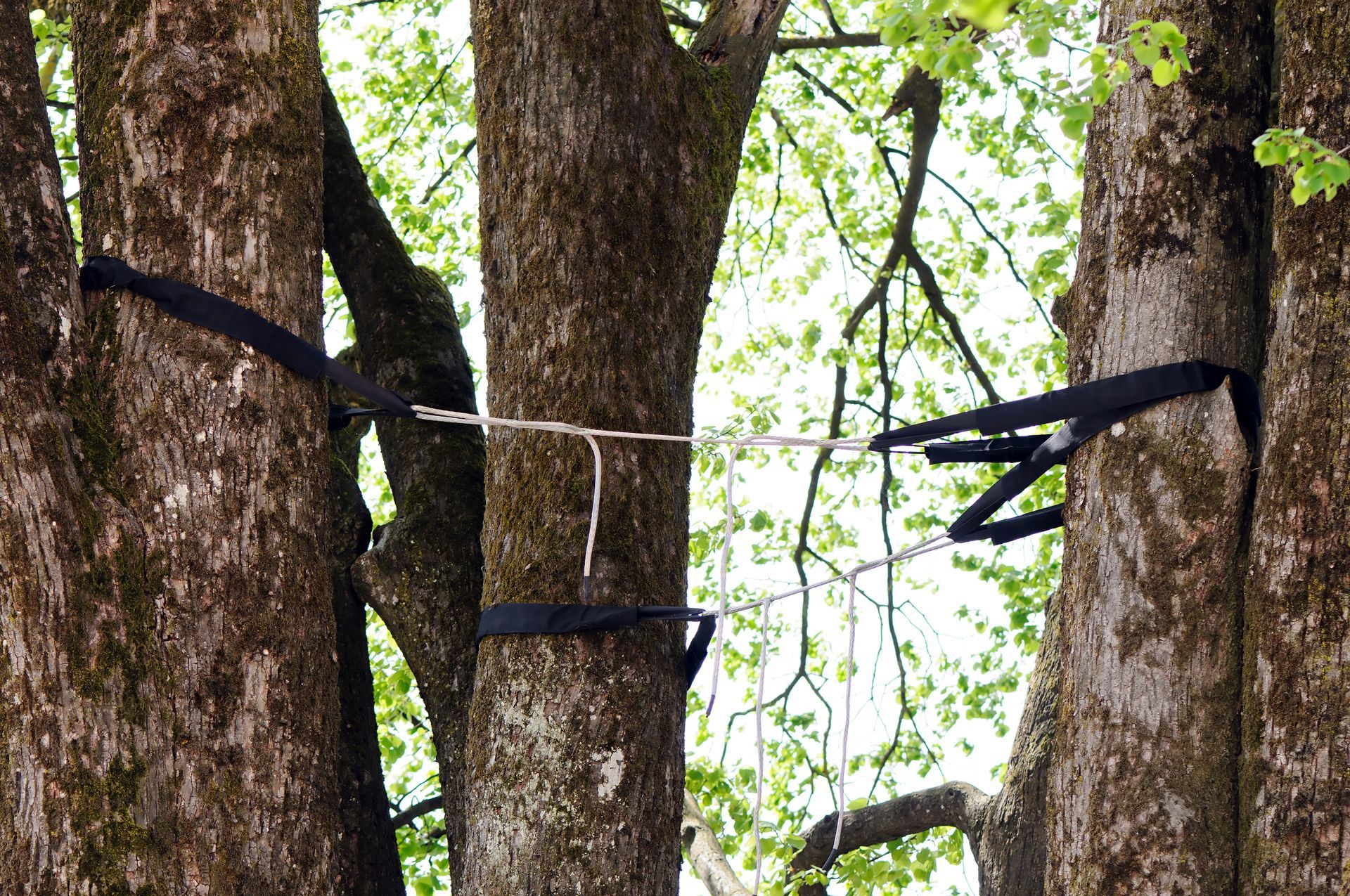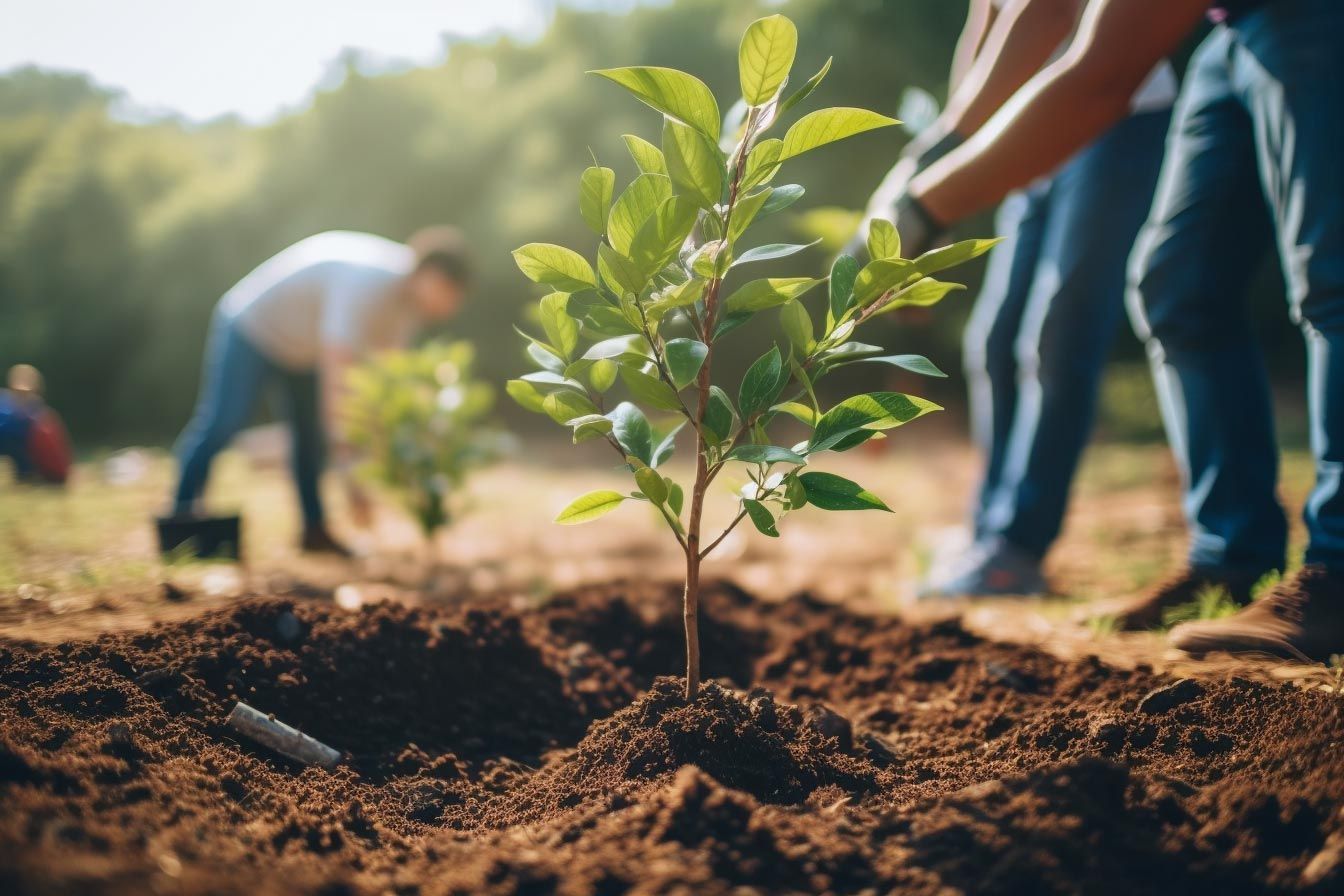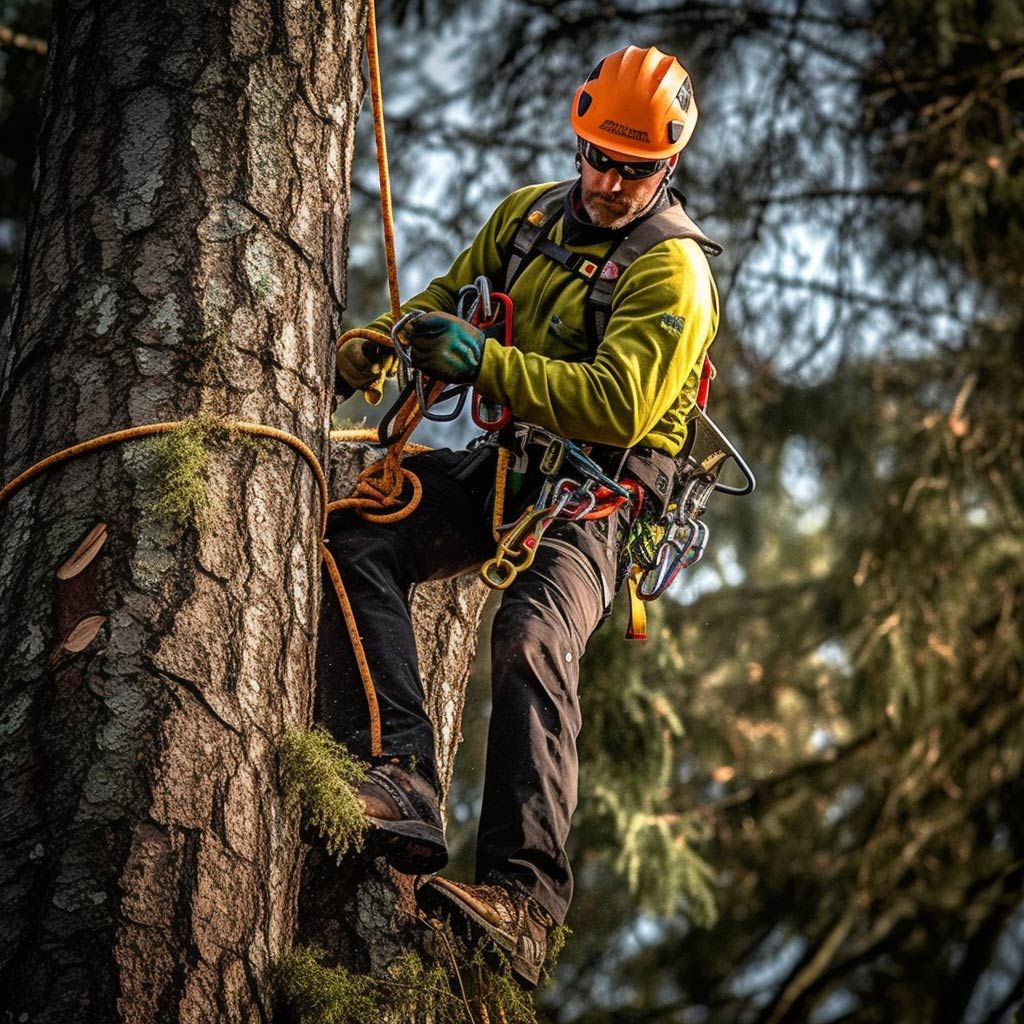What to Expect During Tree Removal: Different Techniques, Debris Removal, Stump Grinding Options
Tree removal isn't just about taking down a towering giant; it's a crucial step towards ensuring safety, promoting health, and sometimes, making way for new growth. Whether it's the threat of a diseased tree, the need to clear space for construction, or simply an aesthetic choice, understanding the nuances of tree removal is key.
In this guide, we dive deep into the world of tree removal, covering techniques, debris management, and stump grinding options. With an emphasis on safety, efficiency, and environmental responsibility, we aim to arm you with the knowledge you need. Prepared with the latest and most reliable information, let's explore what tree removal entails, ensuring you're well-informed at every step of the process.
Understanding Tree Removal
Tree removal is more than just chopping down wood; it's a decision often made for safety, health, or development reasons. Diseased or damaged trees pose serious risks, not just to people but to nearby structures. Moreover, trees may need to be removed to make way for new construction projects or landscape redesigns. But before you call in the professionals, it's important to understand the legal side of things. Many areas require permits for tree removal, emphasizing the need to do things by the book.
Why Remove a Tree?
- Safety Hazards: Trees that are dead, dying, or unstable can fall, posing risks to people and property.
- Disease Control: Preventing the spread of tree diseases to healthy trees is crucial for maintaining a vibrant ecosystem.
- Property Development: Clearing space for new buildings or landscape projects often necessitates tree removal.
Different Techniques of Tree Removal
When it comes to removing a tree, the approach can vary widely depending on the tree's size, location, and the surrounding environment. Here, we'll delve into the three primary techniques used by professionals to safely and effectively remove trees.
Felling
Felling is the most straightforward method, where a tree is cut at the base and allowed to fall in a controlled manner. This technique is suitable for trees in open spaces where there is little risk of damaging surrounding structures. However, it requires careful planning and precision to ensure the tree falls in the desired direction.
Sectional Removal
In tighter spaces, where felling isn't an option, sectional removal comes into play. This method involves cutting the tree into smaller sections from the top down. Arborists use ropes and harnesses to safely dismantle the tree piece by piece, minimizing the risk to nearby property and people.
Crane-Assisted Removal
For extremely large or difficult-to-reach trees, crane-assisted removal may be necessary. This method uses a crane to lift sections of the tree out of its location. It's particularly useful in urban environments where other methods might pose too high a risk.
Preparing for Tree Removal
Before the chainsaws rev up and the work begins, preparation is key to ensure a smooth and safe tree removal process. Here's what you need to know to get ready for the big day.
Securing Permits
Many local governments require permits before a tree can be removed, especially if it's located on public property or within certain proximity to the street. Checking with your local municipality or hiring a professional tree service that understands local laws can save you from potential fines and legal issues.
Notifying Neighbors
It's courteous and sometimes necessary to inform your neighbors about your tree removal plans, especially if the tree is near property lines or could impact their property in any way. Open communication helps avoid disputes and ensures everyone's safety.
Safety Measures
Professional tree removal teams come equipped with safety gear and protocols to protect themselves, your property, and bystanders. Homeowners should ensure the area is clear of pets, children, and unnecessary obstacles to facilitate safe access.
The Role of Homeowners
- Ensure easy access to the tree for removal equipment.
- Move vehicles, garden furniture, and other movable objects out of the way.
- Discuss with the tree removal service any concerns about property access or potential damage.
The Process of Tree Removal
Understanding the step-by-step process of tree removal demystifies what happens from the moment the professionals arrive to when the last piece of debris is cleared. Here's a detailed look at the typical tree removal process.
Assessment and Planning
The first step involves a thorough assessment of the tree, its surroundings, and potential risks. This stage determines the best removal technique to use, taking into account the tree's size, health, and proximity to structures. The plan includes identifying the direction of fall, necessary safety precautions, and equipment needed.
Cutting and Removal
Depending on the chosen method (felling, sectional removal, or crane-assisted removal), the process begins:
Felling:
A precise cut is made at the base of the tree, guiding it to fall in a predetermined safe zone.
Sectional Removal: The tree is carefully dismantled piece by piece, starting from the top, with sections securely lowered to the ground.
Crane-Assisted: Large sections of the tree are cut and then lifted away by a crane, minimizing impact on the surrounding area.
Debris Management
After the tree is down, the next step is handling the debris. Limbs and branches are typically chipped on-site, providing an option for mulch or removal. The larger pieces of the trunk may be cut into manageable sections for removal or left for homeowner use, depending on the agreement.
Stump Removal
The final step is dealing with the stump. Options include grinding it down below ground level or complete excavation. The choice depends on future site plans and personal preference.
Debris Removal Options
Once the tree is down, dealing with the leftover debris is a crucial next step. Understanding your options for debris removal can help you decide the best course of action for your situation.
Chipping
One of the most common methods for handling smaller branches and limbs is chipping. Tree removal services often include chipping as part of their package, turning the debris into mulch that can be used around your property or removed entirely. It's an efficient, environmentally friendly option that reduces waste.
Hauling Away
For larger pieces of wood, including the trunk and larger branches, hauling away might be necessary. This process involves cutting the wood into manageable pieces and transporting it off-site. Some homeowners opt to keep these larger pieces for personal use, such as firewood, while others prefer to have them removed to clear the area completely.
Leaving for Homeowner Use
Depending on your needs and preferences, you may decide to keep some or all of the tree debris. Larger trunks can be cut into sections for firewood, landscaping projects, or even artistic uses. Discussing these options with your tree removal service beforehand is important to ensure they prepare the wood accordingly.
Environmental Impact and Regulations
When considering debris removal options, it's essential to keep environmental regulations in mind. Many areas have specific guidelines for the disposal of green waste, aiming to minimize the impact on landfills and encourage recycling of organic materials. Consulting with your tree removal service or local waste management authorities can provide clarity and ensure compliance.
Stump Grinding and Removal Options
After the tree has been removed, the stump remains as a reminder of what once stood. Deciding whether to grind the stump down or remove it entirely depends on your future plans for the space and personal preference. Here’s a closer look at each option.
Stump Grinding
Stump grinding is a popular method for dealing with tree stumps. A machine grinds the stump down below the soil level, turning it into wood chips and leaving the roots to naturally decay over time. This method is fast, cost-effective, and minimally invasive to your landscape, making it a preferred choice for many homeowners. The resulting wood chips can be used as mulch for gardens or removed, depending on your needs.
Complete Stump Removal
For those who plan to replant, build, or require a completely clear area, complete stump removal may be necessary. This process involves excavating the stump and its root system, which can be extensive and labor-intensive. While it provides a clean slate for new projects, it’s more disruptive and typically more expensive than grinding.
Cost Considerations
The cost of tree removal varies widely based on several factors, including the size of the tree, its location, the complexity of the job, and local labor rates. Understanding these factors can help you budget accordingly and set realistic expectations.
Factors Influencing Cost
- Size of the Tree: Larger trees require more time, labor, and equipment to remove, leading to higher costs.
- Accessibility: Trees that are difficult to access due to tight spaces, proximity to buildings, or other obstacles may require specialized equipment or techniques, increasing the price.
- Type of Removal: The method of removal (felling, sectional removal, crane-assisted) impacts the cost, with more complex methods generally being more expensive.
- Additional Services: Services like stump grinding or removal, debris hauling, and wood chipping are typically priced separately and can add to the total cost.
Average Cost Ranges
While prices can vary significantly, homeowners might expect to pay anywhere from a few hundred dollars for simple, small tree removals to several thousand for large trees or those requiring complex removal processes. It's always best to get multiple quotes from reputable tree removal services to ensure you're getting a fair and accurate estimate.
Personalized Quotes
Since every tree removal scenario is unique, personalized quotes are essential. Reputable services will offer an on-site assessment to provide an accurate estimate, taking into account all the factors mentioned above.
Cost-Saving Tips
- Compare Quotes: Get estimates from several services to compare prices and services offered.
- Seasonal Considerations: Some seasons may offer lower rates due to decreased demand.
- Bundle Services: If you have multiple trees to remove or need additional landscaping services, bundling can often save money.
Conclusion
From understanding the various techniques to managing debris and making informed decisions about stump removal, the process is intricate but manageable with the right approach. Cost considerations are also crucial, as they can vary significantly based on the specifics of the job.
When it comes to choosing a professional service, it's essential to select a provider that not only offers a comprehensive range of services but also possesses the expertise and commitment to safety and quality.
For those in the Lake Norman and Gaston County areas, Clark's Tree Service stands out as a premier provider. Offering an extensive array of services, including tree removal, trimming/pruning, emergency storm damage tree removal, stump grinding, tree planting, cabling, and lot clearing, Clark's Tree Service is equipped to handle any tree-related need you may have.
